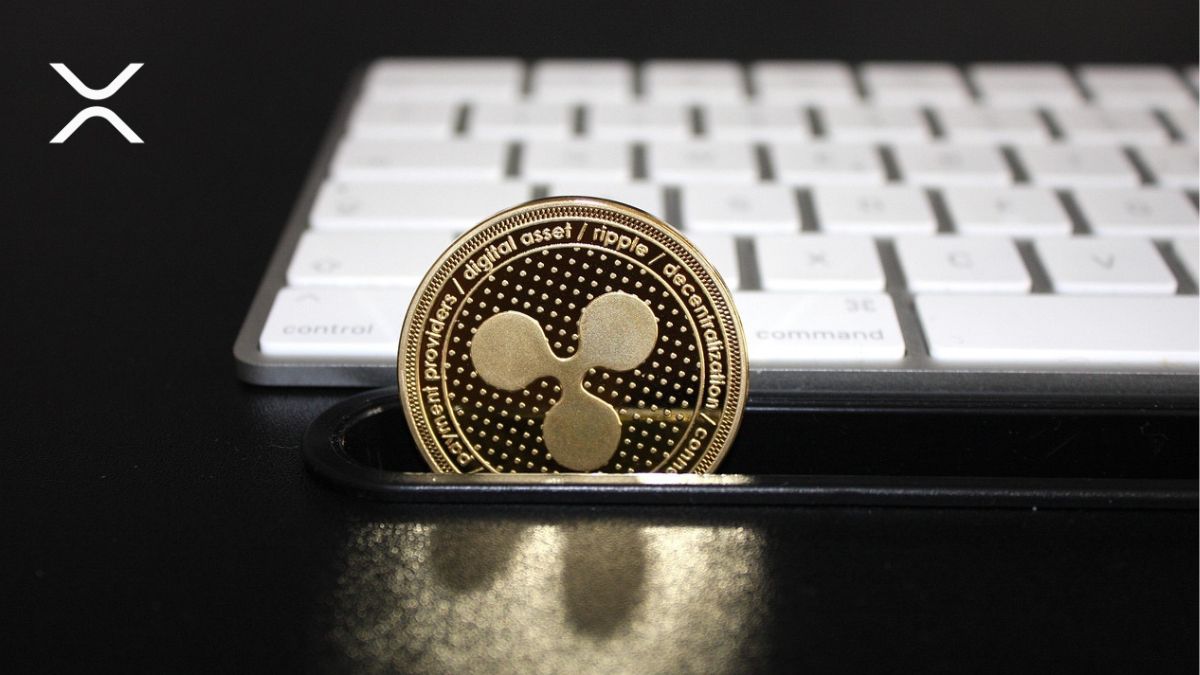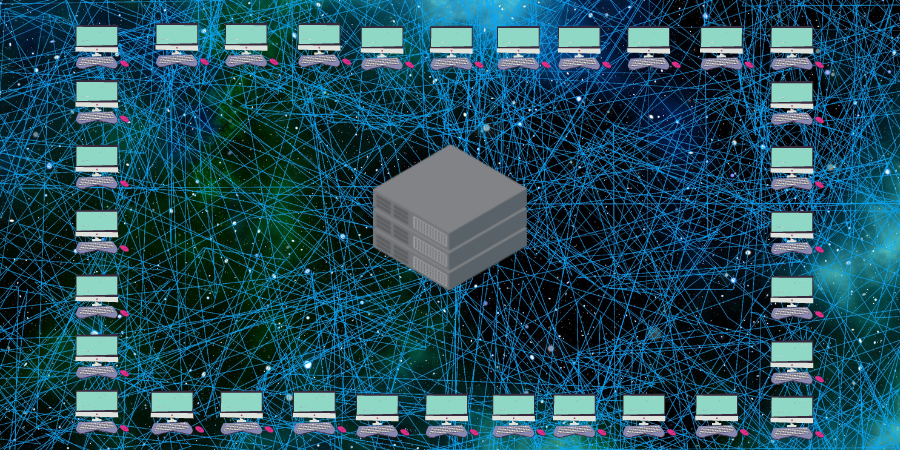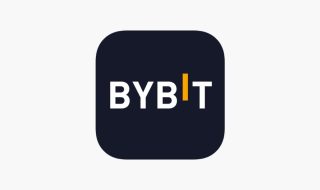Blockchain-based solutions are recasting cross-border payments with reduced cost, faster settlement, and expanded access everywhere. XRP has been a leading challenger in such a rapid revolution where established systems fail.
Today, payment is an industry constantly asked to keep pace with globalization. As cross-border trade, remittances, and e-commerce grow, established infrastructure inevitably lags behind. Blockchain-based solutions are increasingly valuable, and understanding the XRP to USD pair is central when you consider debates about efficiency, scaling, and market development.
Growing Demand for Faster Cross-Border Payments
According to World Bank data, remittances across borders totaled $860 billion in 2023, reflecting huge demand for cross-border transactions. Traditional systems like SWIFT take days to settle and have high intermediary costs. In such a landscape, you might choose to prioritize digital currencies because of their near-instantaneous settlement capability.
The industry has responded with adoption efforts across a variety of regions. For example, XRP’s daily volumes routinely position it among the top-traded altcoins, indicative of the liquidity needed for cross-border remittances.
The XRP to USD pair remains a benchmark when you evaluate its ability to interconnect fiat and digital communities. Additionally, increasing collaborations between financial institutions and blockchain platforms indicate increasing confidence in digital settlement infrastructure.
XRPS’s Technological Superiority in Settlement
It is designed to finalize transactions within three to five seconds with low fees compared to legacy systems and most cryptocurrencies. Such a level of efficiency has been attractive to institutions seeking reliability with high-volume transactions with low margins.
As noted by Binance, “payment-focused tokens like XRP are better positioned to alleviate frictions in the settlement layer.” Compared to programmable protocols like Ethereum, end-state finality is preferred over fungibility with XRP’s algorithmic consensus and transaction structure to avoid congestion risks at peak usage. Beyond processing an average volume of over 1,500 transactions every second, the network also has the capacity to keep up with legacy banking rails.
Market Information and Competitiveness Positioning
Greater liquidity and steady ranking among the leading altcoins by market capitalization make suitable gauges for XRP’s health. Having 59.73 billion usable XRP tokens indicates that a sizable chunk of the supply is active, providing present visibility to institutions evaluating adoption. Such a high magnitude of supply circulation makes XRP liquid enough to facilitate large-institution transactions and guarantees token economics transparency.
When you compare that to altcoins like Polygon and Avalanche, you’ll notice they push further into scaling and DeFi spaces, often with increasingly sophisticated, innovative contract environments. Ethereum still leads decentralized finance with its enormous developer community and staking network, but has experienced network uptime issues, shorten Solana’s growth despite its high scaling and adoption in some decentralized apps.
XRP is alone with a single-minded focus on settlement speed and positions itself as a complement to but never a replacement for programmable blockchains. Its market cap of approximately $185 billion and consistent trading volume and liquidity convey confidence from institutions and investors.
Support for that is recent action where the XRP Ledger reached an all-time 5.1 million transactions 24 hours, processing efficiently and reliably high-volume activity on a global scale, supporting its practicality as an option for cross-border systems for cross-border payments, as well as experiments with financial infrastructure across the globe.
Institutional Perspectives and Adoption Prospects
Industry trends present a rising interest in blockchain-based payment systems. Yi He, Co-Founder at Binance, noted, “Crypto isn’t just the future of finance, it’s already reshaping the system, one day at a time.” Such a comment reflects pilot growth, collaboration, and integration across several regions, legislations and industries.
Institutional participation has also increased digital asset market liquidity. Inflows to global crypto markets for 2024 rose above $10 billion in quarterly aggregates to grow the infrastructure to handle scale adoption.
XRP’s inclusion within such a liquidity flow helps underscore its value to crypto-savvy financial institutions looking for settlement solutions. Several Asian and European banks have signed XRP-based pilot deals to demonstrate practical applications beyond speculative motives.
Future Prospects of XRP in Cross-Border Finance
XRP’s long-term prospects in the payments market are coupled with market approval, regulatory clarity and continued technological prowess. As cross-border transactions look to McKinsey to achieve more than $250 trillion annually in flows by 2027, rising demand for low-cost, scalable solutions is only projected.
For businesses and individuals alike, the success of the digital settlement layer will be measured by its ability to provide faster, cheaper and more reliable services without jeopardizing security. XRP’s focus on payment efficiency ensures that it will be a top contender as the industry evolves, especially as more cross-border payment channels look to blockchain-based rails.












